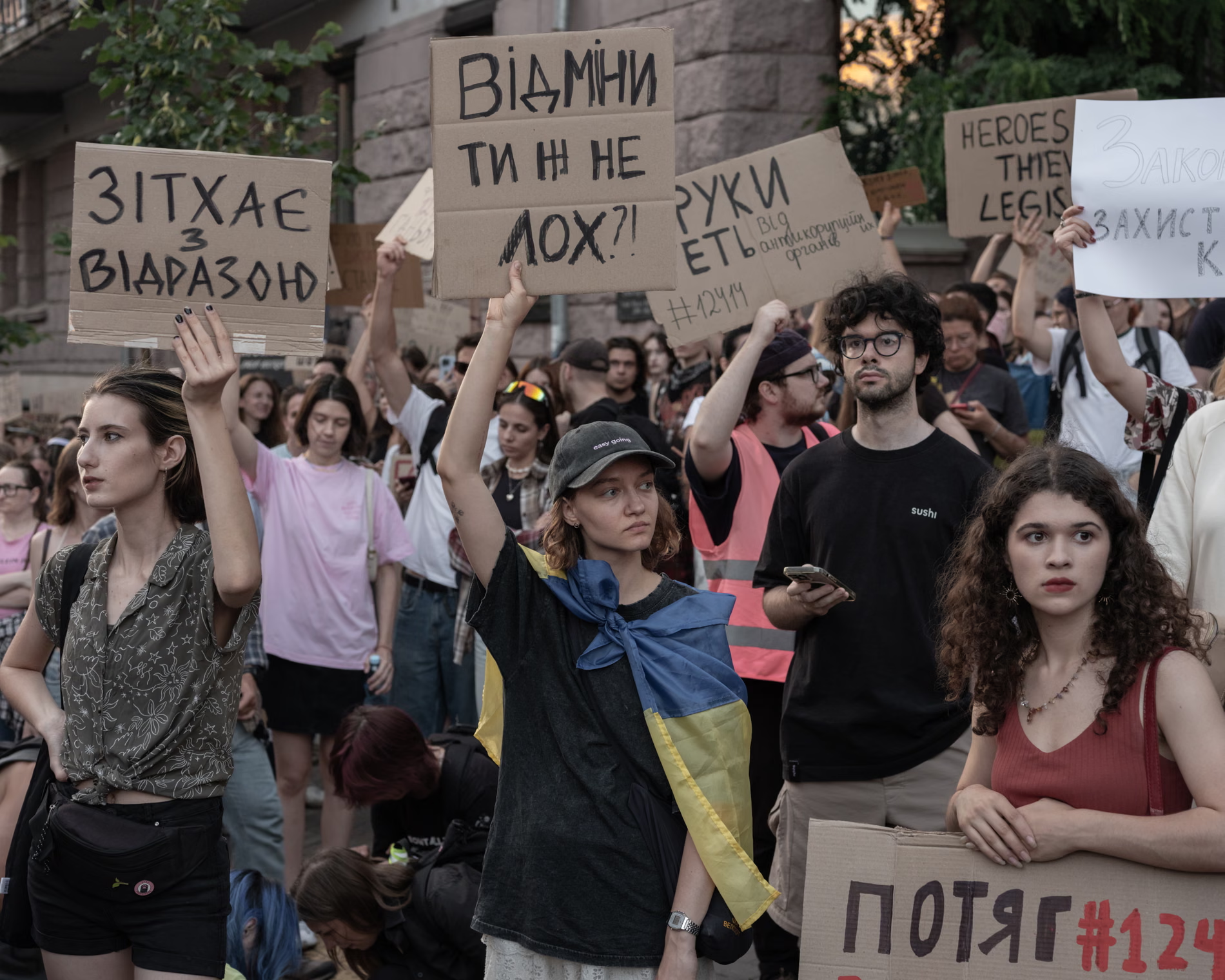By David Sole
A realistic appraisal of the military situation on the various battlefields across Ukraine must overcome the massively false and self-serving propaganda in the Western media that has not let up from the start of the Russian Federation’s Special Military Operation.
Ukraine and Western propaganda would have us believe that Russian forces are about to be driven out of the four provinces they have occupied since February 2022 and which were admitted into the Federation after plebiscites held in September.
Starting in late August, Ukrainian forces counterattacked along a wide area in the northeastern front and captured several thousand square miles of the Kharkiv province held by Russian troops since the spring. This area was lightly defended by the Russians who, for the most part, avoided fighting and pulled back to reestablish more defensible lines. Even Western media reported that the Ukrainians were not able to push forward and that their offensive ground to a halt.
The Russian Federation has called up 300,000 reservists to bolster its forces across the nearly 1,000 miles of front. As that has proceeded, a serious battle has been unfolding around the heavily fortified Ukrainian held town of Bakhmut. CNN posted on October 20 that “Bakhmut lies at a fork that points toward two other strategic towns in the Donetsk region: Konstantinivka to the southwest, and Kramatorsk and Sloviansk to the northwest. All three are key to Putin’s total control of the region…. Here, Russian forces have made small, steady gains.”
Reports from Bakhmut from many sources give lie to the propaganda that Russian troops are fleeing from the Ukrainians. The outcome here and along the Luhansk and Donetsk fronts will be a test of the Russians ability to exploit their superiority in heavy weapons as well as increasing numbers.
On the southern front Ukraine has been throwing troops and weaponry repeatedly against strongly resisting Russian Federation forces. Unlike the northeastern offensive where the Ukrainian forces moved quickly to seize a large area, the gains in the Kherson region have given small gains to the attacking Ukrainians, but at a great cost.
At present it looks like both sides are preparing for a major fight for the city of Kherson. This capital of Kherson province had a population of over 250,000 before the war. That number is much smaller now and it has been reported by both Russian and Ukrainian sources that civilians are being evacuated from the city. This would be prudent whether the Russian forces plan to try to hold Kherson or choose to retreat and leave the city.
Defense of Kherson has its difficulties. The city sits on the west side of the broad Dnieper River. Russian supply lines must cross the Dnieper, exposing them to heavy shelling from the advancing Ukrainians on the east side. Should the Ukrainians succeed in overwhelming the Russian troops they risk being surrounded and cut off from retreat.
Taking Kherson has been a major goal for Ukrainian President Zelensky, who needs to convince his own people and his U.S./NATO backers that he has a chance of defeating the vast Russian military. An interview with the newly appointed commander over Russian forces in Ukraine, General Sergei Surovikin, has been interpreted as indicating that Russia will abandon Kherson. Newsweek reported Surovikin as sending a text message that “hard decisions must be made.”
But Kherson would only be a political victory, with not a lot of military value. In fact military analysts, both pro-Ukraine and pro-Russia, have focused on the enormous and unsustainable losses suffered by the Ukraine military in the past two months in the Kherson offensives. These troops cannot be easily replaced, no matter how many thousands the European Union and NATO have promised to train. Equipment, armor and ammunition are also being used up by Ukraine in amounts that cannot be replaced by the western nations who pushed Ukraine into fighting a proxy war to “weaken Russia.”
For Russia the loss of Kherson would also be a political setback, but not be decisive in the overall relation of forces. The Russian Federation, of course, is counting on a decisive advantage shifting to its side as its 300,000 reservists are moved into place in the coming weeks. It remains to be seen whether the Russians will fortify Kherson and stand their ground or will withdraw to the more defensible east shore of the Dnieper River.
There has been some speculation that Ukraine might open a third front striking south from the area of Zaporizhzhia. Such an operation would aim to break the land bridge to Kherson and the Crimean Peninsula. It isn’t clear that Ukraine has the personnel or equipment to support such an undertaking and, presumably, Russian defense in this area would be strong.
A bigger question, however, is why have 4,700 members of the United States 101st Airborne Division been sent to a NATO base in Romania, only three miles from the Ukraine border. This is no ordinary exercise. The 101st Airborne was last sent to Europe 80 years ago during WWII!
These U.S. troops were quietly sent to Romania on June 28. They are accompanied by their weapons and equipment and have been engaged in live fire exercises with Romanian NATO soldiers. The 101st Airborne is said to be a rapid deployment force that can be sent anywhere at a moment’s notice.
Direct intervention of U.S. troops into the Ukraine conflict could easily escalate into a much wider war. The U.S. and NATO have bases in many of the countries bordering Ukraine on the west. These countries are also being used to ship military equipment to bolster Ukraine. Any serious provocation might generate Russian attacks on west Ukrainian transportation hubs or even strikes on NATO forces.



Be the first to comment